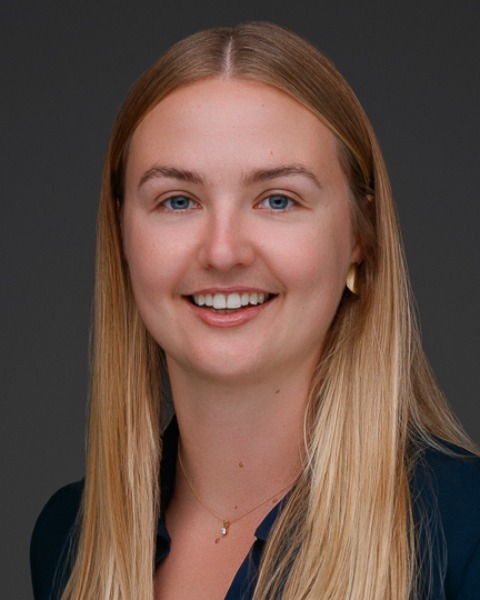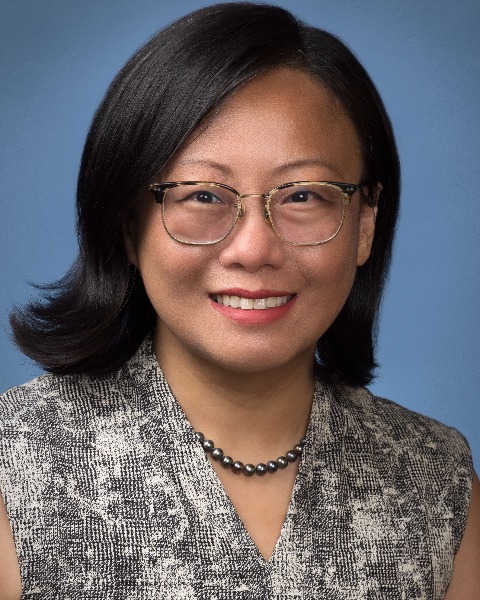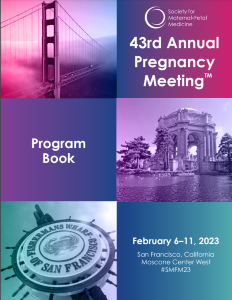Oral Concurrent Session 9 - Diabetes
Oral Concurrent Sessions
Expedited Sessions
88 - Perinatal outcomes and time-in-range on continuous glucose monitoring for type 1 diabetes
To examine the association between perinatal outcomes and time-in-range (TIR) as assessed on continuous glucose monitors (CGM) used by pregnant individuals with type 1 diabetes mellitus (T1DM). We hypothesized improved perinatal outcomes with higher TIR.
Study Design: This multicenter study included all gravidas with T1DM using CGM who delivered in 2020-2022 at 3 University of California sites. Only those with CGM target range set to 70-140 mg/dL (±10 mg/dL) were included. TIR (%) was recorded at 12, 16, 20, 24, 28, and 32 weeks. The primary maternal and neonatal outcomes were preeclampsia and large for gestational age (LGA), defined as birthweight (BW) ≥ 95th percentile. Kruskal-Wallis tests were used to compare median TIR in those with and without the primary outcomes. Logistic regression was used to obtain odds ratios (OR), with adjustment for microvascular disease and years with T1DM.
Results: A total of 54 patients were included. The majority were nulliparous (54%) and white (74%). Most used an insulin pump (83%) and did not have diabetic microvascular disease (71%). Median time since diagnosis of T1DM was 14.5 years, and median periconception A1c was 7.0. Compared to those with preeclampsia, normotensive gravidas had significantly higher TIR at nearly every time point (Figure). A similar pattern was seen for those with normal BW infants compared to LGA infants. On adjusted analyses, every 5-unit increase in TIR at 12 weeks was associated with a 47% and 45% reduction in the odds of preeclampsia and LGA, respectively.
Conclusion:
Higher TIR is associated with lower preeclampsia and LGA. This association is seen early in gestation, when each 5-unit increase in TIR is associated with ~50% reduction in the odds of these complications. TIR provides a more nuanced understanding of glycemia than traditional markers, such as A1c. Larger studies are needed to further explore these findings and to identify optimal TIR to reduce perinatal complication rates.
.jpg)
Nasim C. Sobhani, MD, MAS
Assistant Professor
University of California, San Francisco
San Francisco, CA, United States
Sophie L. Goemans, BS
Department of Obstetrics, Gynecology and Reproductive Sciences, University of California, San Diego
San Diego, California, United States- AN
Antoinette Nguyen, BA
University of Rochester School of Medicine
Los Angeles, CA, United States - MR
Michael Richley, MD
Fellow Department of OB/GYN and Women's Health
University of California, Los Angeles
Los Angeles, CA, United States - LG
Lauryn Gabby, MD
University of California, San Diego
San Diego, CA, United States 
Christina S. Han, MD
Division Director
University of California, Los Angeles
Los Angeles, California, United States- GR
Gladys A. Ramos, MD
Clinica Professor
University of California
San Diego, California, United States

.png)
